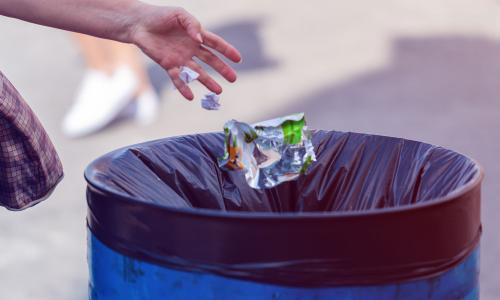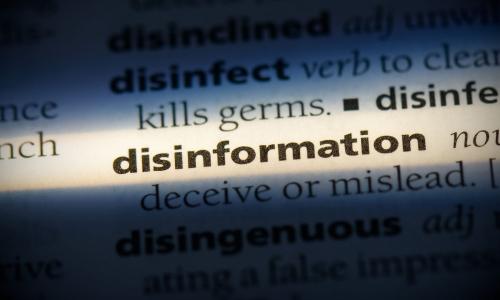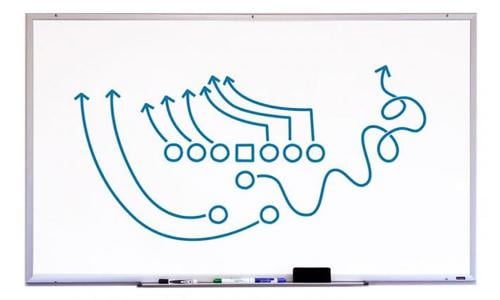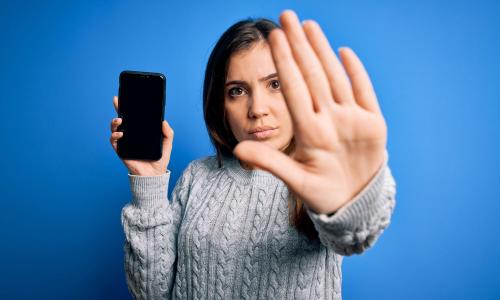It’s not shameful to be fooled by disinformation.
The way we’re wired as humans makes us all vulnerable to believing, sharing, and perpetuating disinformation, especially if it reinforces a strongly held belief, value, or assumption that we hold. And purveyors of disinformation are often masters of deception.
The real shame is on the bad actors who benefit from such lies.
Research has shown that the same network of bad actors spreads disinformation across multiple issue areas: climate change, democracy, racial justice, and pandemic response, among others.
Who creates and amplifies disinformation?
Disinformation doesn't just happen on its own. A broad and interconnected network creates and enables its spread—and some of the most powerful and enduring lies come from just a few well-funded and powerful sources.
They include a limited number of political interest groups, elected officials, corporations and their lobbying groups, and other bad actors, including Facebook and other social media platforms.
Examples of groups that actively spread disinformation include the American Legislative Exchange Council (ALEC) and large fossil fuel companies and their lobbying groups, such as the American Petroleum Institute (API), who work hard to sow doubt on climate change and erode trust in democracy.
Convening groups like the Koch network, Council on National Policy, and US Chamber of Commerce enable groups like ALEC, API, and media executives to sync up on strategy and messaging. Together they work in coordination to divide communities and distract and demoralize those trying to achieve change.
Their goal? To keep profiting and benefiting from business as usual, and to shape political leadership and institutions to help facilitate it.
Who is harmed by disinformation?
Disinformation harms everybody, but some groups are particularly targeted.
Purveyors of disinformation disproportionately target and harm Black, Latinx, Native American, Asian, and Middle Eastern communities with coordinated disinformation campaigns.
This targeting is intentional, as it serves to divide and distract solidarity among specific groups and communities, and to reduce voter turn-out among these community groups, which can have big impacts on election results.
Who can stop disinformation?
You can. We can all do our part to stop the spread of toxic and divisive disinformation. Science and the scientific community have an especially crucial role to play in this fight.
Learn more

How to Spot Disinformation

How to Stop Disinformation



